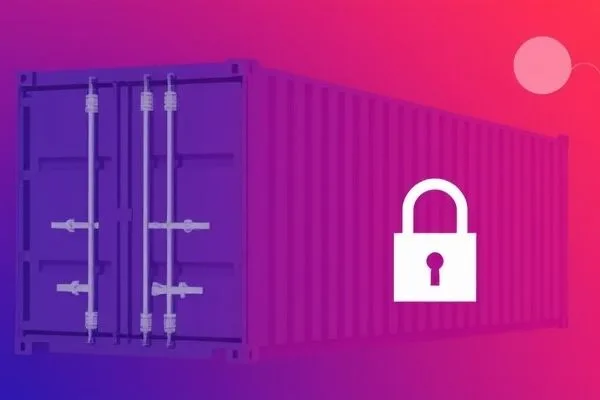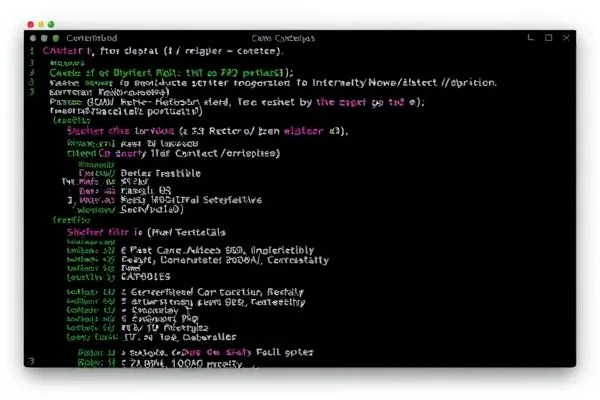The evolution of containerization and the rise of cloud-native applications signal a pivotal moment in software development. As demands for more secure, efficient, and performant software grow, traditional Linux distributions fall short. In this post, we will explore the shift towards distroless containers and the implications for modern application security and software delivery practices.
Key Takeaways:
- Containerization has reshaped application development with a focus on microservices and continuous integration.
- Distroless containers eliminate traditional Linux distro bloat, enhancing security and performance.
- Chainguard OS exemplifies this new approach, continuously updating packages from upstream sources.
- Open source software delivery must adapt to remain secure and relevant in a rapidly evolving landscape.
Innovation in software development is closely tied to the growing adoption of containerization technologies. The journey begins with Linux Containers (LXC), which introduced lightweight environments for packaging applications. However, the complexities and limitations of LXC led to the emergence of Docker, which simplified container operations and democratized access to this technology. With Docker, developers could easily create, share, and run containers, fostering a thriving ecosystem. Docker’s success revealed the need for standards, leading to the establishment of the Open Container Initiative (OCI), which laid the groundwork for interoperability and portability across various platforms.
This progress propelled cloud-native application architecture, characterized by:
- Microservice-oriented architecture: Applications are built as a collection of interdependent services, allowing for independent deployment and scaling.
- Resource consciousness: Efficient resource usage minimizes infrastructure loads and accelerates deployment cycles.
- Portability: Containers facilitate consistent performance across environments, reducing the “it worked on my machine” syndrome.
These characteristics emphasize the need to move away from general-purpose Linux distributions, which cannot keep pace with the security and performance benchmarks set by modern software demands. Consequently, we face an imperative to rethink how we deliver open source software.
Enter Chainguard, with its innovative distroless approach to software delivery. By focusing on continuously rebuilding software packages from the upstream sources that eliminate vulnerabilities, Chainguard OS aims to offer a more secure and efficient system. Its core principles emphasize:
- Continuous Integration and Delivery: Ensures constant updates and deployments from upstream sources.
- Nano Updates and Rebuilds: Supports incremental updates, reducing disruption during upgrades.
- Minimal, Hardened, Immutable Artifacts: Enhances security by trimming unnecessary bloat from software packages.
- Delta Minimization: Limits alterations from upstream changes to essential adjustments.
The Chainguard OS model drives home the importance of modern software delivery practices, completely inverting the outdated reliance on traditional Linux distros. Featuring a significantly reduced image size and a lower vulnerability count than typical alternatives, it signifies a notable stride for application security.
In a landscape where speed, efficiency, and immediate security measures are non-negotiable, embracing the distroless framework represents the next echelon of open source software. It enables developers to focus on their core functionalities without the encumbrance of unnecessary packages and vulnerabilities, making it a compelling choice for organizations navigating today’s fast-paced digital ecosystem.
In conclusion, as containerization continues to evolve, shifting towards distroless containers could redefine how organizations manage software delivery while enhancing security posture and operational efficiency. Organizations must assess their strategies to remain relevant and secure in this context.
FAQs:
- What are distroless containers? Distroless containers are lightweight containers that contain only the essential binaries and libraries needed to run an application, without including a full Linux operating system.
- How do distroless containers enhance security? By stripping away unnecessary components, distroless containers reduce the attack surface and minimize vulnerabilities present in traditional Linux distributions.
- What is Chainguard OS? Chainguard OS is a distroless operating system designed for modern cloud-native applications, focusing on continuous updates from upstream sources to enforce security and reliability.
- Why should organizations consider shifting to distroless approaches? Because they provide a more secure, lightweight, and efficient framework for deploying applications, enhancing both performance and security compliance.









